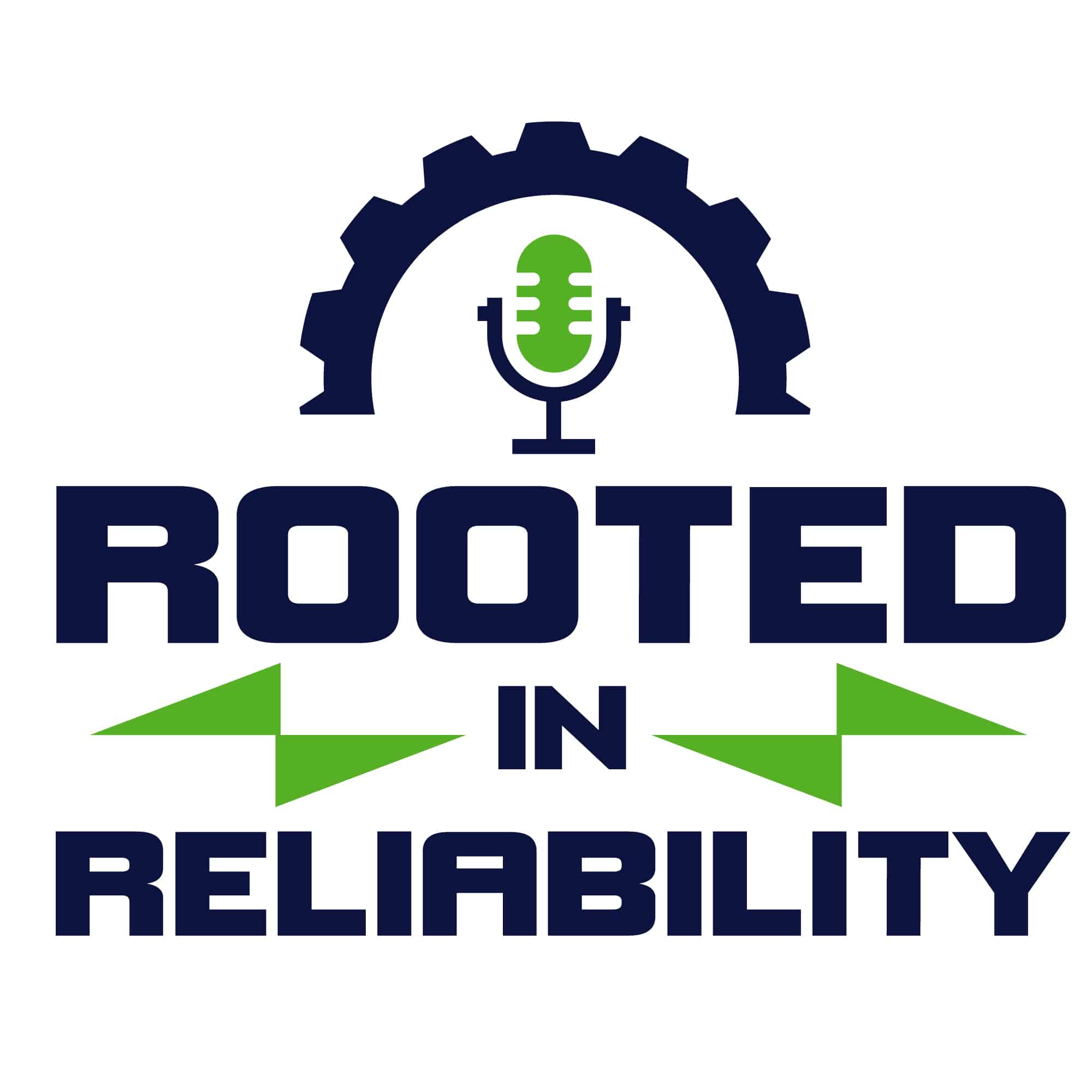What is MTBF and Why You Shouldn’t Use It
Mean Time Between Failure or MTBF is almost universally recognized in maintenance, reliability, and asset management.
Why is that? And does it actually help an organization improve the reliability of their assets?
The answer is a resounding No.
So why is used so extensively? Is it because it can be calculated easily, or because of a fundamental misunderstanding?
Fred Schenkelberg has made it a personal mission to debunk the myths around MTBF. Fred shares his views on MTBF, why organizations need to stop using it immediately, and what should be used instead.
You that you can always find out more on Reliability, at www.EruditioLLC.com and by following our blog. The Rooted In Reliability podcast is a proud member of the reliability.FM network.
Let us know what you think of the podcast, your suggestions for topics or to ask any questions about this topic. Email us at info@eruditio.com.
Equations:
- Reliability = R(t) = e–lt
- R(t) = Reliability estimate for a period of time, cycles, miles, etc. (t).
- e = Base of the natural logarithms (2.718281828)
- λ = Failure rate (1/MTBF, or 1/MTTF)
- Availability = A = Uptime / Operating Cycle
- Uptime = Time equipment ran as expected
- Operating Cycle = Time equipment was planned to run
References:
Don’t miss out on the SMRP Approved Maintenance Planning & Scheduling: Planning for Profitability online course.

Rooted In Reliability podcast is a proud member of Reliability.fm network. We encourage you to please rate and review this podcast on iTunes and Stitcher. It ensures the podcast stays relevant and is easy to find by like-minded professionals. It is only with your ratings and reviews that the Rooted In Reliability podcast can continue to grow. Thank you for providing the small but critical support for the Rooted In Reliability podcast!
When components in a system have constant Failure Rates, Mean Time Between Failure (MTBF) of the system can be used to calculate Reliability at any time within the Useful Life period
The mean life function (often denoted as “MTBF”) is not a good measurement when used as the sole reliability metric. Instead, the use of a reliability value with an associated time, along with an associated confidence level, is a more versatile and powerful metric for describing a product’s reliability
Hi Hilaire, thanks for the comment. Please keep in mind that the concept of useful life period is a fiction and based in fact. In all the various datasets for component to system field data analysis, I’ve never seen a constant failure rate over a time period of interest.
Sure, if you narrow down the time frame enough that change in failure rate is so small to be considered constant, yet say over a year or five, it rarely is unchanging. Assuming away the need to look at increasing or decreasing failure rates is a great way to only see a constant failure rate.
Let the data, the time to failure data, reveal what is going on with the product or system.
The assumption that there is a flat portion of the bathtub curve is unfounded until proven by the data itself. Assuming it exists is a great way to get very poor results over time.
Cheers,
Fred
Well explained dear Fred!
For sure the MTBF by itself is nothing, it is basically just another metric in the maintenance world, that we have to calculate to use it in the the calculation of others really important KPI like Availability and Reliability. Is possible build some statistical models to check the MTBF behavior in function of time but is not the best way to make a good reliability analysis and in consecuense is no the best to make a decision about the maintenance associated to a specific asset, and the reason is obviously because the MTBF just consider one variable in a context full of them and if it is considered to modeled in a statistic way is have to be just to got an idea about how the asset behavior is, nothing more. On the other hand, the availability and reliability are functions of the failure rate and consider others metrics to close the gap of the uncertainty (statistical bias), now modeling the reliability and the availability is hard because that depend of the statistical models in function of the failure rate component and we need a lot of info to make possible, but it is the right way to make decisions about to change the maintenance policies asocieted to the assets.
Hi Yorman,
Yes MTBF is just one measure and in my opinion and a very poor one for any use.
Also, yes using the time to failure distribution or non-parametric methods to quantify reliability and available is more difficult than using MTBF and MTTR. Yet consider what information you are masking or losing by working with a simpler calculation approach. You lose the very information vital to making good decisions based on your analysis. You lose the information related to a changing failure rate over time, the very information necessary for so many maintenance-related decisions and strategies.
given today’s tools and the wealth of data we collect, doing a better, yet harder, analysis of the data in order to make better decisions is not all that difficult.
Cheers,
Fred